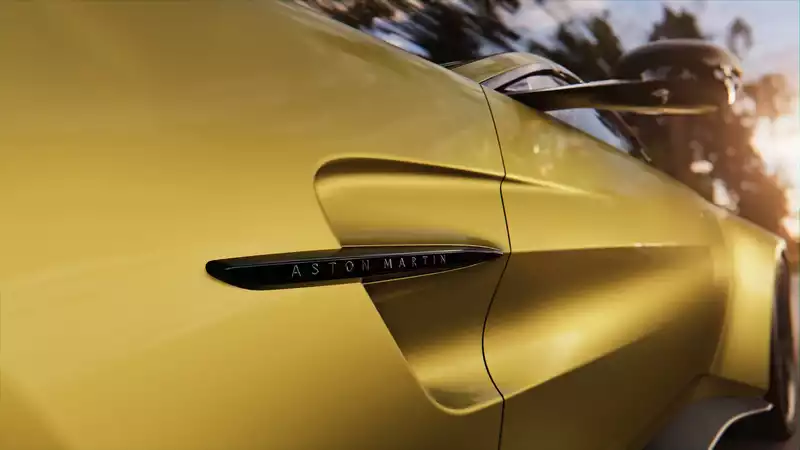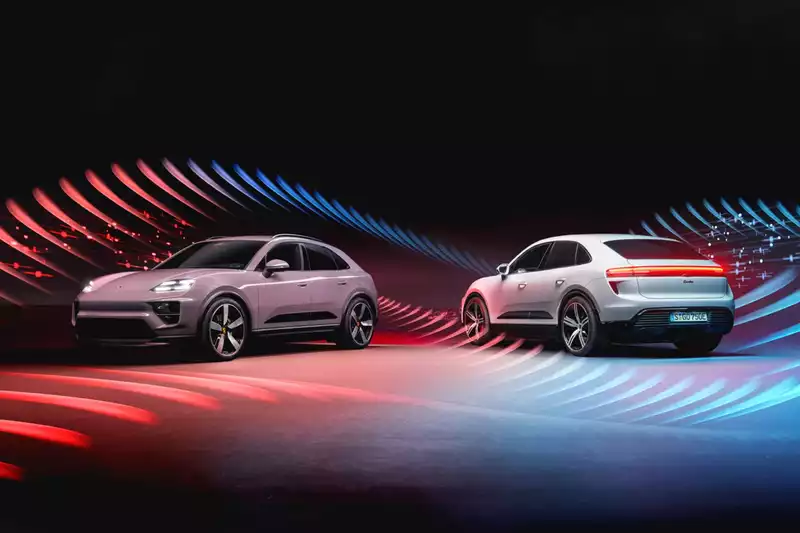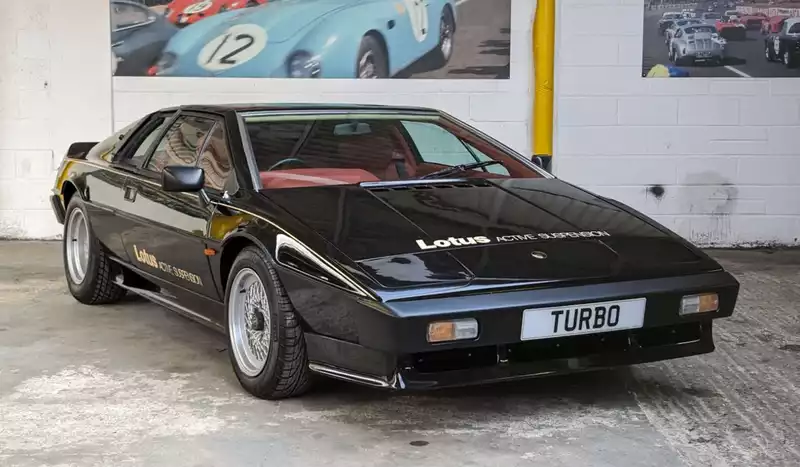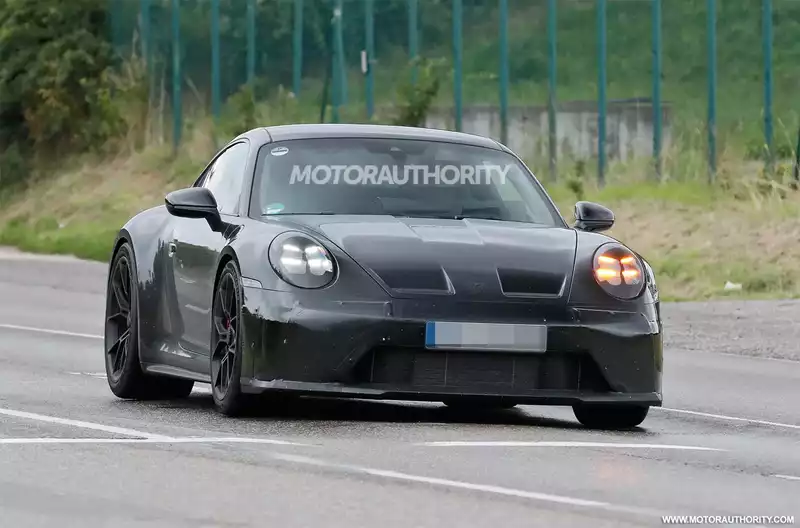Deep Dive The History of the Volkswagen GTI.
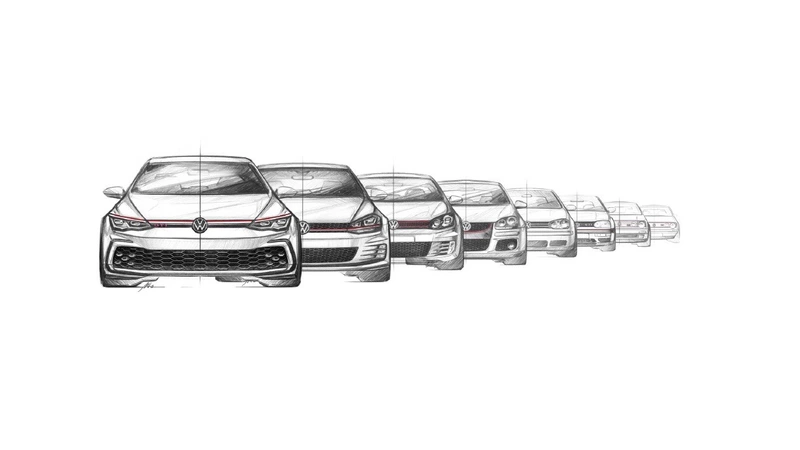
The recipe is familiar. Spice up front-wheel drive economy. The Volkswagen Golf GTI thus reinvents the affordable performance car.
With the eighth generation of the GTI on the horizon, VW delved into the car's origin story.
In 1974, a handful of staff members hatched plans (no pun intended) for a sporty Golf model without official approval from management. the vehicle that became the GTI Mk I began development under the code name EA 195 and produced 110 hp The TS and GTS were also considered before settling on the GTI name. Chief designer Herbert Schaefer was an avid golfer and created one of the car's distinguishing features by attaching a golf ball to the shift lever.
The Mk I debuted at the 1975 Frankfurt Motor Show and was launched in Europe in June 1976; VW initially capped production at 5,000 units due to a lack of demand prospects. Ultimately, 491,690 units of the Mk I were produced. The first GTI was introduced in the U.S. only in its final year (1983) as the Rabbit GTI.
Since the launch of the Mk I, every Golf generation has had a GTI version; the Mk II and Mk III were launched in 1984 and 1991, respectively, the latter with an optional diesel engine in 1996 (the diesel model was later badged Golf GTD)
In 1998, the Mk IV Golf and GTI introduced more rounded styling, replacing the previous heavily depressed appearance. The red grille, which had been the GTI's calling card up to that point, was also discontinued; the Mk V, introduced in 2004, brought back its red trim and was considered a reinstatement, albeit even more rounded than the Mk V. The 200 hp standard engine and the GTI's first dual-clutch gearbox also gave it a boost.
The GTI continued to get faster and more powerful with the Mk VI (introduced in 2009) and Mk VII (2013) generations. The Clubsport S version of the Mark 7 boasted 310 hp and briefly held the lap record for a front-wheel-drive production car at the Nürburgring.
The Mk VIII GTI is scheduled to arrive in the U.S. in late 2021 as a 2022 model, powered by an EA888 evo4 2.0-liter turbo4 engine producing 243 hp and 273 hp of torque. It will be mounted on an updated version of the MQB platform used in the current model, with more technical features than before.

